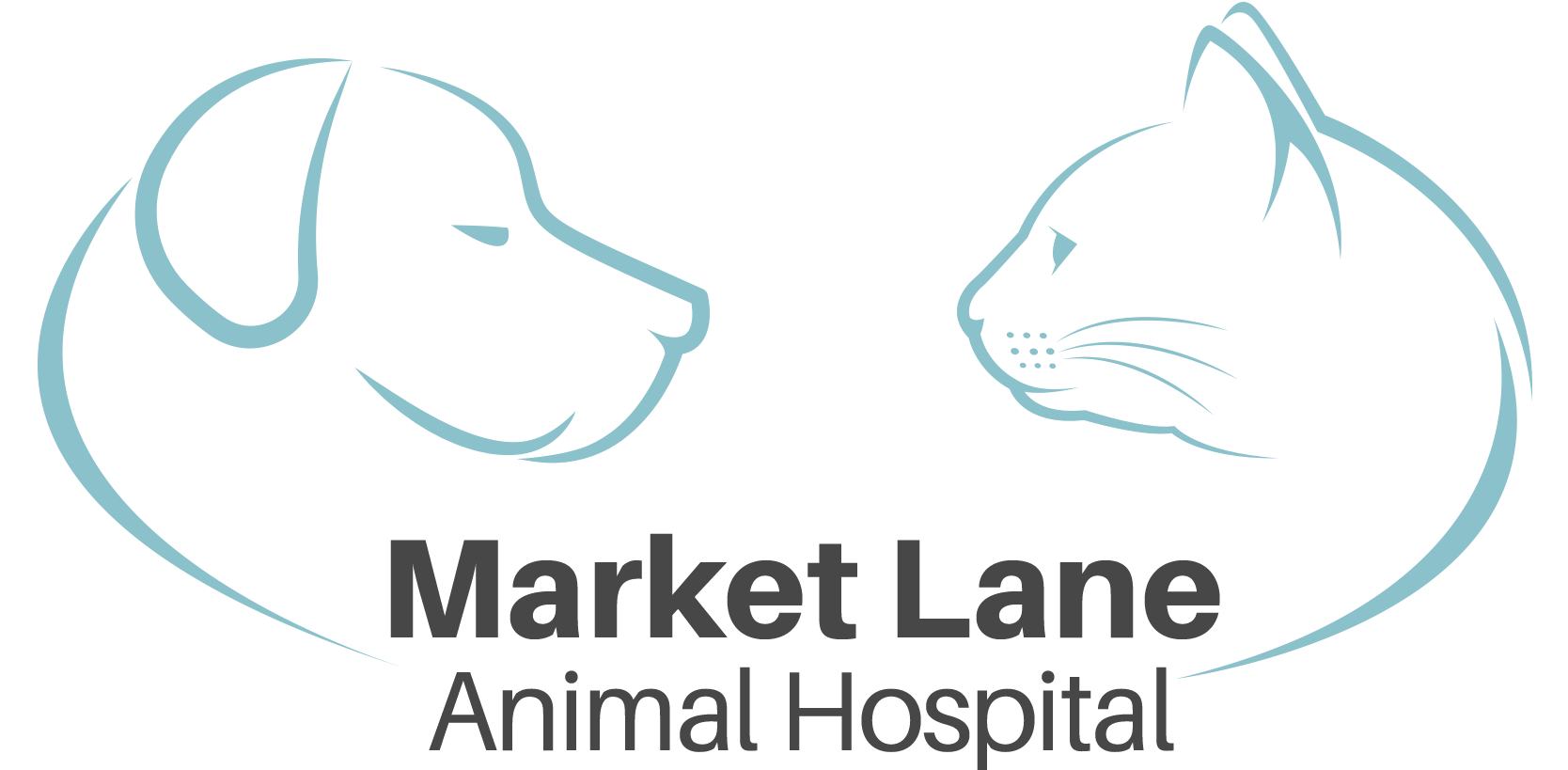For some procedures, your pet will need to be administered general anesthesia so that he or she will be unconscious and not feel pain. Many pet owners worry about their pets being administered general anesthesia. We can assure you that modern anesthesia is generally quite safe; to further lower any risk, we perform a physical examination and run blood work ahead of time to catch any underlying health issues. In addition, we follow a specific anesthetic protocol, including monitoring vital signs during the procedure by a Registered Veterinary Technician RVT with the help of our digital heart and repiratory monitors, to ensure the safety of our patients.
We begin most general anesthetic procedures by administering a sedative to help the pet relax and decrease any anxiety and pain. We then administer an intravenous drug to provide complete anesthesia and place a breathing tube into the patient’s trachea (windpipe). To maintain the state of unconsciousness, we deliver one ofthe safest gas anesthetic in combination with oxygen through the breathing tube.
Post surgery your pet will be place in the cage and kept warm with a heating pad and his/her vital signs are monitored by the RVT until your pet is awake sitting in the cage. The RVT will call you to let you know that the procedure is done successfully , his recovery time and when you can pick him up.
Please contact us if you have any questions or concerns about your pet receiving general anesthesia or about the procedure for which your pet is scheduled.

